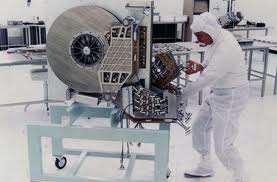 In this post I will write about some techniques that can be used in a linux server to check the hard disk health status using S.M.A.R.T, and some tips about how it is possible to increase the life of this device.
In this post I will write about some techniques that can be used in a linux server to check the hard disk health status using S.M.A.R.T, and some tips about how it is possible to increase the life of this device.
S.M.A.R.T. stands for Self-Monitoring, Analysis and Reporting Technology and is a monitoring system for hard disk to detect the low-level indicators of the general health conditions of the device: the purpose is to indicate imminent failure.
According to several studies only about the 60 % of hard drives that later broke gave S.M.A.R.T. values that revealing an imminent failure: the other 40 % of the hard drive broke without any “strange” S.M.A.R.T. value or related alarm…. but I believe that in every case it is better than nothing.


